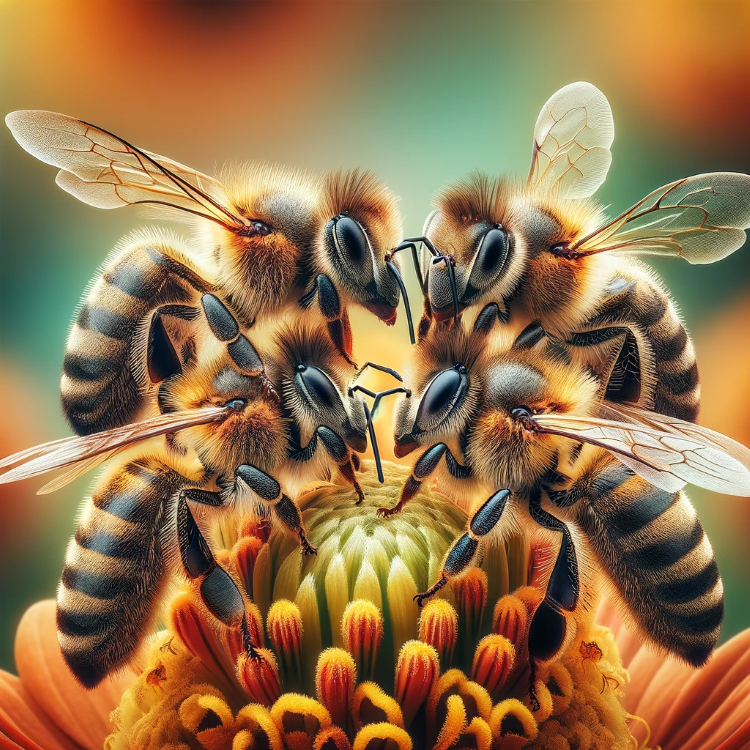Accountability and a comprehensive approach to export programming

WPI’s team helped construct a strategic approach to develop, implement, and track promotional activities in 8 key regions across the globe for an agricultural export association. With continued progress measurement and strategic advisory services from WPI, the association has seen its ROI from investments in promotional programming increase by 44 percent over the past 5 years. Not only does this type of holistic approach to organizational strategy provide measurable results to track and analyze, it fosters top-down and bottom-up organizational accountability.

 Despite assurances from Treasury Secretary Scott Bessent and the announcement this morning of nearly a half million tons of new soybean sales to China, the trade just doesn’t see the plausibility of a full 12 MMT of beans being bought near-term by Beijing. Particularly not when commitment...
Despite assurances from Treasury Secretary Scott Bessent and the announcement this morning of nearly a half million tons of new soybean sales to China, the trade just doesn’t see the plausibility of a full 12 MMT of beans being bought near-term by Beijing. Particularly not when commitment...
 WPI’s second fall acreage forecasts for the 2026 U.S. crop year show producers executing a mild expansion of soybean acres that will not quite offset corn area losses while simultaneously reducing wheat area. Producers are also expected to keep minor crop acreage essentially unchanged, wh...
WPI’s second fall acreage forecasts for the 2026 U.S. crop year show producers executing a mild expansion of soybean acres that will not quite offset corn area losses while simultaneously reducing wheat area. Producers are also expected to keep minor crop acreage essentially unchanged, wh...
 U.S. trade officials have started the formal review process for the U.S.-Mexico-Canada Agreement (USMCA), inviting public comment ahead of next year's renegotiation of the pact. Under the process, the Office of the U.S. Trade Representative (USTR) will eventually be required to provide reports...
U.S. trade officials have started the formal review process for the U.S.-Mexico-Canada Agreement (USMCA), inviting public comment ahead of next year's renegotiation of the pact. Under the process, the Office of the U.S. Trade Representative (USTR) will eventually be required to provide reports...